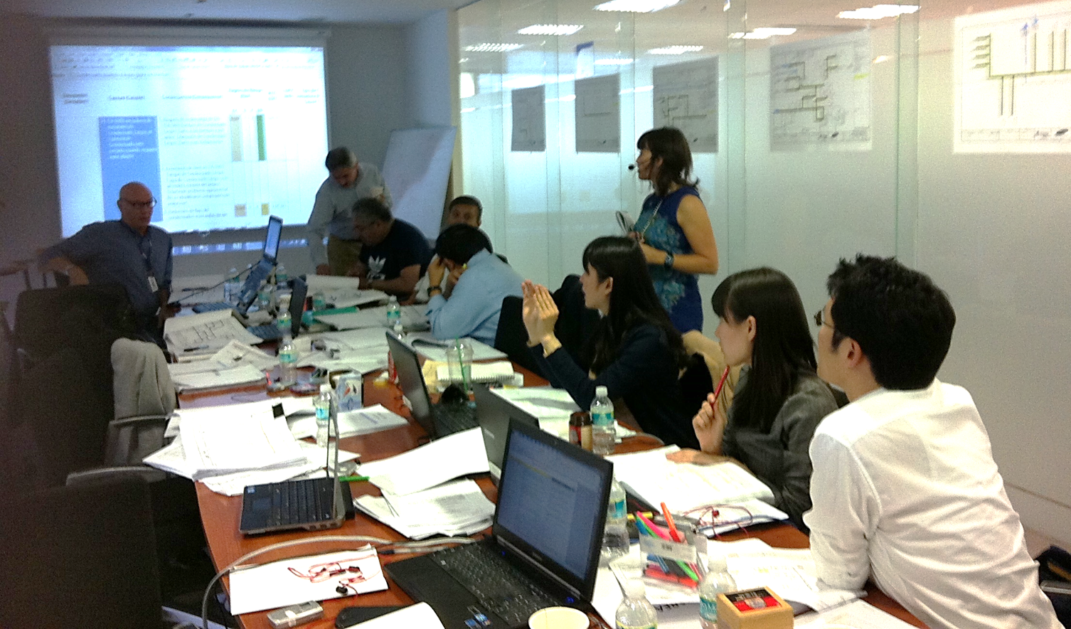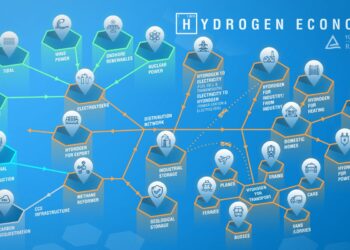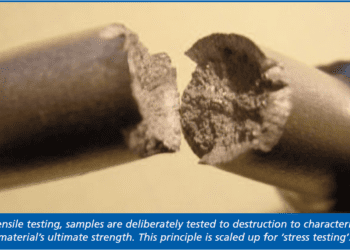The Leading Edge: The essence of good HAZOP leaders
Successful HAZOP workshops require a competent leader to facilitate, manage and lead the HAZOP process. Without this, HAZOPs can descend into chaotic, lengthy and expensive endeavours that fail to produce an adequate basis for subsequent design and risk management activities. But what qualities and skills define an effective HAZOP leader?

© TÜV Rheinland Risktec
HAZOP leaders need a comprehensive toolkit to apply to a diverse problem set. They require a grounding in the principles of risk management and the ability to converse in a number of engineering languages: process, safety, chemical, instrumentation, operations and human factors, in order to then synthesise the multi-disciplinary output appropriately. They need leadership and facilitation skillsets, and they need to know when to draw on each. They need to make sure that team members contribute in their area of expertise, challenging the room where necessary, working with the scribe to record accurate notes and ensure the meeting sticks to schedule.
The HAZOP leader needs competencies to address not just all of this, but most importantly, to know what they do not know, and what the team does not know, such that meaningful actions are raised (only) when necessary.
RISK MANAGEMENT
It almost goes without saying that the HAZOP leader must be the expert in the room when it comes to the HAZOP method and the principles of risk management that are applied. Even though HAZOP is a well-known technique, there are pitfalls that can lead to significant repercussions for the whole HAZOP and risk management process if overlooked by the leader.
For example, the team may drive towards the development of a consequence description that takes account of safeguards. The competent HAZOP leader will understand the relationship between process safety studies and the control of Major Accident Hazards (MAHs), along with the regulatory context and good practice drivers. The leader will guide the team to a worst case consequence that takes no account of safeguards to ensure that a potential MAH is not disguised, recognising more generally, that no safeguard is ever 100% effective.
Modern HAZOP is rarely complete without consideration of Layers of Protection Analysis (LOPA) and the requirements to achieve Safety Integrity Levels (SIL). HAZOP is an indispensable bridge between process safety and functional safety; the HAZOP leader will need a good understanding of this. The principles of LOPA can also contribute to the evaluation of the effectiveness of safeguards identified during the HAZOP, even if the LOPA workshop itself is to be held later.
MULTI-DISCIPLINARY ENGINEERING
When a HAZOP leader has a competent and quorate team, a basic level of facilitation is generally enough. Understanding the two processes – the HAZOP method and the system under analysis – and ensuring that the team contributes appropriately can produce reasonable results. But how often does that perfect situation occur and how long does it persist before there is a disagreement between the control and instrumentation engineer and the safety engineer? Or before the process engineer has to leave the workshop to handle something urgent and doesn’t return until the next day? Circumstances change and the HAZOP leader has to be ready and skilled in handling them.
The HAZOP leader must understand process hazards such as overpressure, blow-by and carryover, and appreciate the extent to which they are likely to be significant. It is important that the HAZOP leader is sufficiently versed to be able to ask the right questions of the process engineer, for example, to discern whether a given overpressure scenario is likely to lead to rupture or less severe leakage. The leader also needs to be able to understand chemical and hazardous material properties and the means by which they can effect process safety.
A HAZOP leader should be familiar with the concepts of human factors in order to properly scrutinise the effectiveness of important safeguards that rely on human intervention and causes that could result from human error. Performance shaping factors such as time pressures, task complexity and environment can often be overlooked if the HAZOP leader doesn’t scratch beneath the surface. Who else will challenge the operator who assures the team that it is routine to run three hundred metres in full PPE and 48°C heat to operate an important manual valve to avoid an emergency scenario?
INTERPERSONAL SKILLS
Perhaps most importantly, the competent HAZOP leader needs the interpersonal skills required to manage and run the workshop effectively. The primary role is to facilitate an effective discussion between a team of domain experts. To do this, communication skills, in particular the ability to listen and interpret discussion, are essential, as well as the ability to provide direction and keep the meeting on track by knowing when to cut a speaker short and when to allow latitude.
Team dynamics are the responsibility of the leader – the final arbiter. The leader must be able to handle conflicts and differences, accommodating diverse personalities within the workshop team to ensure a balanced discussion, and making sure the collective knowledge is drawn out and processed.
Finally, the competent HAZOP leader needs to maintain objectivity and independence. An impartial view that is not unduly influenced by a forceful, outspoken team member is important to ensure that the integrity of the HAZOP output is maintained.
CONCLUSION
A good HAZOP leader needs a diverse and multi-faceted skillset in order to successfully lead and manage the HAZOP process.
Drawing on risk management experience, the leader is responsible for facilitating the identification and assessment of all credible deviations from the intent of a system design. In doing so, the leader must challenge the HAZOP team by applying his or her multi-disciplinary engineering knowledge. Most of all, the leader requires the interpersonal skills to manage and run the workshop effectively.
The HAZOP leader is the funnel and filter through which the knowledge and experience of the multi-disciplinary team delivers the HAZOP and ultimately helps protect people, the environment, the asset and the organisation.








